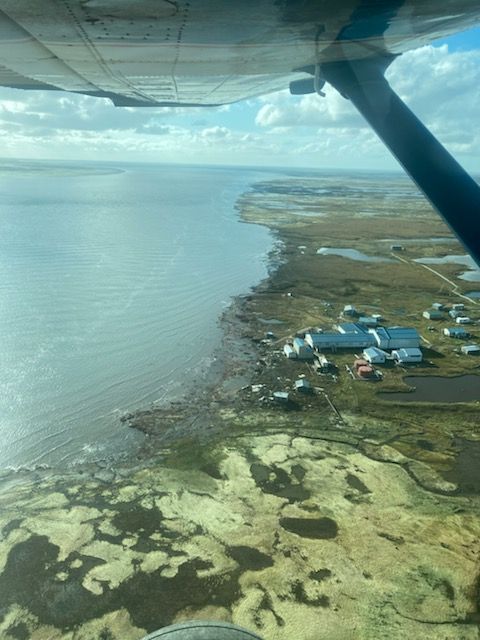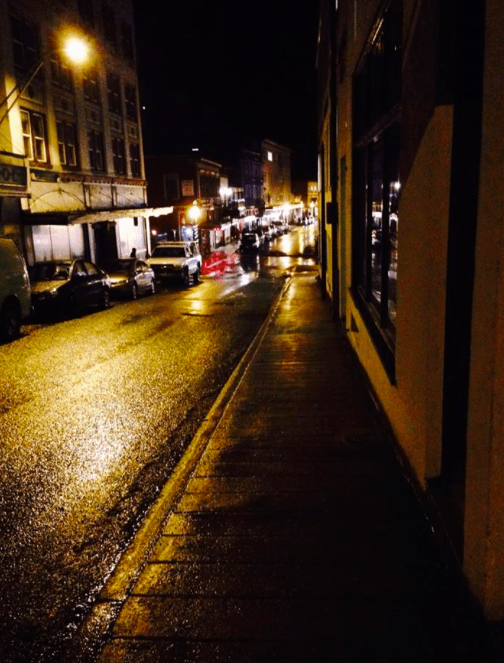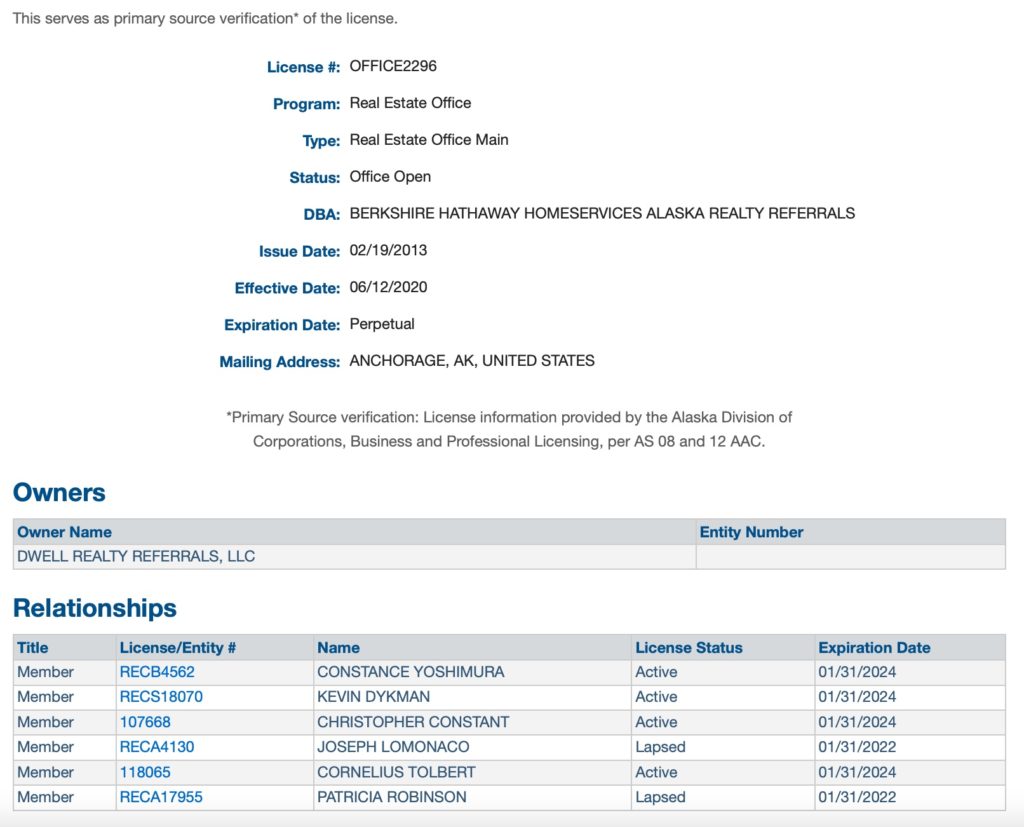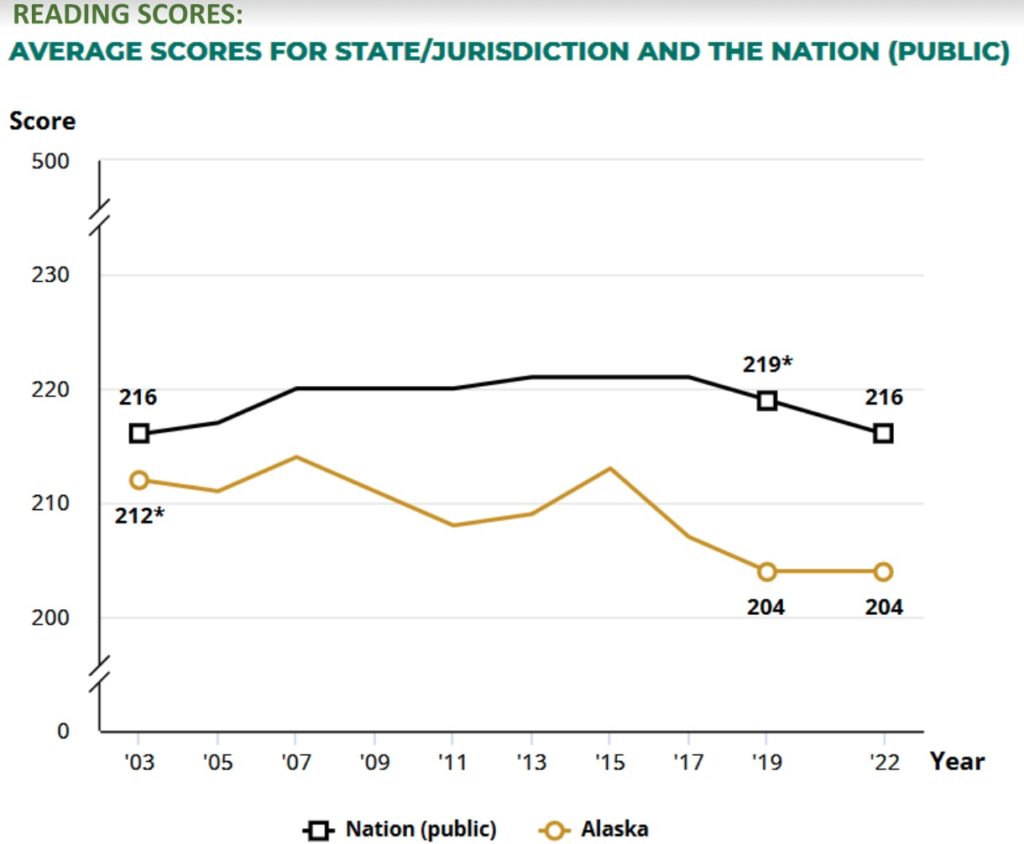By PATRICK LEMAY
Newtok Village has experienced two newsworthy events within the last four months. In September 2022, flooding and erosion severely impacted the community because of remnants from Typhoon Merbok.
A couple of weeks ago, a fire destroyed the school’s power plant.
In the big picture, these two noteworthy events are merely a small part of the ongoing slow disaster that has been destroying this community since 1954 when the school was located well over one mile from the river.
Now, the school is located with a meager 35 feet of land protecting this valued community emergency shelter and education center from being forever lost to the river, just like many houses that used to be located adjacent to the river.
The land between the 1954 river shoreline and the school once held the community’s landfill, sewage lagoon, barge landing, water source, and homes; all these pieces of critical infrastructure are long gone due to the land eroding away. It is documented that well over $30 million has been spent on planning. Some would estimate that up to $80 million has been spent on planning since the 1980s.
Now is past the time for action. It is time to listen to the elders of the community. Elders have clearly stated for decades that the No. 1 priority of Newtok Village is to relocate to a safe location chosen based on science and professional engineering judgement.
The new community site of Mertarvik is approximately eight miles from the current village site on bedrock instead of the silt river delta that was chosen in the 1950s without an engineering assessment; the location was simply chosen based on it being the farthest location that the barge with construction materials to build the school could be reached. Erosion of the village site was destined to occur eventually based upon the very obvious geological features of the land itself.
The question was not whether erosion of the village location would occur; but, rather when? Erosion was indeed inevitable. The time is now to build housing stock in Mertarvik so that the residents of Newtok will not be left behind when future storm events occur now that the community no longer has a school with a reliable heating source to evacuate to.
Newtok’s extremely obvious need for additional housing in the safe pioneering Mertarvik location on solid ground is based on severe coastal erosion that is occurring frequently. The situation is dire and beyond critical. There is no more time to spend on planning. Action is required now. Newtok has been in flux for at least three decades since the need for relocation became obvious. Declaration of this need unfortunately disincentivized investment in the maintenance of infrastructure in Newtok. This lack of investment resulted in a severely distressed housing stock, poor living conditions in homes that have a documented case study of residents having a 25% increased rate of upper respiratory diseases due to mold in homes caused by flooding, and severe overcrowding with three generations living in one home.
Newtok is relocating to the new high ground community in Mertarvik due to persistent erosion precipitated by permafrost degradation, reduced sea ice in the Bering Sea, as the river is tidally influenced, and flooding. These conditions have led to a deadly, real-life problem, and time is of the essence.
The Ninglick River is consuming community land and facilities as erosion advances towards the community’s last remaining infrastructure. Newtok cannot be considered a viable place to live anymore. With a documented erosion rate of 70-90 feet per year, the erosion rate at Newtok is the highest in Alaska.
The unique combination of thawing permafrost, flooding, and erosion that all occur together simultaneously is known as Usteq and is catastrophic to the Newtok community’s population. Furthermore, the compounded hazard of Usteq is much greater than the individual component processes; permafrost thaw, flooding, and erosion are all parts of an escalating feedback loop.
Newtok simply must relocate, and housing is the number one priority needed to reunite this community as one family on the same side of the river. If the definition of infrastructure is roads, utilities, and public works, then very little additional infrastructure is needed in Mertarvik to allow the remaining 155 people left behind in Newtok to relocate.
Please don’t misunderstand me. More infrastructure is required in Mertarvik to support the anticipated total population once the relocation of human life is complete. The critical Tribal infrastructure required at the present time to complete the immediate relocation of human life is houses for the people to live in and a school.
If the No. 1 priority is housing, then the No. 2 priority is a school. Currently, Mertarvik has a temporary school set up for the fortunate families that have already relocated. However, it is at capacity. With school construction taking two to three years to build in a remote location, the need for school funding is NOW.
Patrick M. LeMay, PE is the Newtok relocation project manager.













